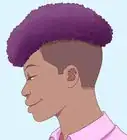wikiHow is a “wiki,” similar to Wikipedia, which means that many of our articles are co-written by multiple authors. To create this article, 10 people, some anonymous, worked to edit and improve it over time.
This article has been viewed 27,431 times.
Learn more...
The Celtic Revival of the 19th and 20th centuries has taken off to huge and exciting levels over the past several years, with modern people taking a great interest in the cultures of the Iron Age Celts of Europe, their Medieval Christian descendants, and today's people who have a Celtic heritage. Today you can find just about anything Celtic, from music, art and dance to mythology, cuisine and lifestyle. This is no less true for clothing, and in a world of punk, goth and steampunk fashions, it's about time for those interested to dress with a Celtic flair, whether out of love for a unique and different culture, or as a way to connect to your ancestors. This article will tell you how.
Steps
Researching the clothing styles
-
1Research the ancient Celts. Search for artistic depictions of them on image search engines such as Google Images or Pinterest. Viewing these images will inform you of the basics of what you may be looking for if you're going for a more archaic Celtic look and will give you ideas if you're simply looking to put a Celtic spin on regular modern clothing.
-
2Look up the six Celtic nations––Ireland, Scotland, Isle of Man, Wales, Cornwall and Brittany. Figure out if there is a particular nation out of these you want to incorporate into your wardrobe. For example, Scottish tartan is easy to incorporate into everyday clothing and kilts are excellent for the more daring men. Here is a picture of a Scottish tartan fashioned into a heart.
Choosing Celtic clothing
-
1Acquire Celtic-themed clothing. Shirts bearing the Celtic trisilekon symbol are available on sites such as an Amazon, Etsy, etc., for purchase and are of excellent quality for a low price.
- There are also many tee-shirts, sweaters, scarves, hats and whatever else which features names and designs of all the Celtic nations. For example, there are many tee-shirts and sweaters which say "Ireland" and have Celtic knot designs and/or crosses, as well as Scottish shirts featuring the cross of St. Andrew or the Lion Rampant.
-
2Bear in mind that in modern Celtic culture, sports are very important. The three most important sports in the Celtic nations are football (soccer), Gaelic football, and rugby. Football is played universally and Ireland and Scotland each have their own national teams, as well as smaller clubs for different areas of each nation.
- Gaelic football is mainly present in the Republic of Ireland, and is an example of a very uniquely Celtic sport. The most important event in rugby is the Six Nations Rugby competition, which features six nations competing (England, France, Italy, Ireland, Scotland and Wales), the last three of which are Celtic nations.
- Sportswear is not only important to modern Celtic culture but it often features much older symbolism, for example Scottish football jerseys will usually feature the cross of Saint Andrew and Welsh rugby shirts feature the Welsh Dragon, a symbol which dates back thousands of years and is a symbol of Celtic strength, pride and resistance.
-
3Get into Celtic music, including the themed clothing. There is also a large Celtic music scene which exists with bands and musicians such as Loreena McKennitt, Flogging Molly, the Dropkick Murphys, the Pogues, the Dubliners, Crasdant, Na Fili, Enya, Celtic Woman, Celtic Thunder, Gaelic Storm and Albannach, along with many, many more. Many of these groups have tee-shirts, sweaters, scarves and other accessories related to them and these items can be considered to be part of the modern Celtic culture, with many of them featuring older Celtic artwork.
- Creating a Pandora account and making a Celtic radio station is a good way to discover a lot of different Celtic bands, from all over the Celtic Nations as well as the United States and the Canadian maritime region such as Cape Breton, Nova Scotia.
-
4Remember King Arthur and the Knights of the Round Table. Though it is often left unsaid, King Arthur was in fact a Celtic king who fought for the native Brittonic peoples against the invading Anglo-Saxons who went on to become the English. Believed to have lived in northern Wales (Gwynedd) or possibly Cornwall, King Arthur is one of the very last great Celtic monarchs. King Arthur and his knights (and ladies) are therefore an excellent inspiration for developing your own early medieval Celtic style.
-
5Choose the right shapes and colors. Men, try to acquire a pair of plaid or tartan trousers (pants), particularly black watch or green in color. Women, do not wear trousers. Iron Age Celts, Medieval Celts, and most modern Celts up to very, very recently wore skirts and dresses, and a woman who wears trousers fails to live up to this tradition. Long skirts, green or brown in color are particularly advisable, though shorter skirts may work for an Irish river dancer look. As for tops, dress modestly with a traditional look. Wool clothing is particularly advised. A green, brown or black waistcoat (vest) buttoned up over a collared shirt is another excellent idea.
-
6Research the traditional clothing of various Celtic nations. For example, flannel shirts (practically synonymous with 19th and 20th century lumberjacks in America today) originated from Wales, and cardigans are named after the Welsh town of Cardigan. In Scotland, collared shirts are traditionally loose, free and white, and wool hats called tam o' shantys are part of the traditional highland dress.
-
7Choose appropriate shoes. Medieval-looking boots are best for those trying to achieve a very authentic look, while for others merely trying to have fun a pair of green chuck taylors would work just as well. For women, riverdancing shoes or ballet flats, especially green, red, black or brown ones would be great.
Other Celtic style traditions
-
1Decorate yourself with body art. There are dozens of Celtic symbols out there, such as the Celtic knot or cross, Ogham writing, the trisilekon, shamrocks, dragons, the triquetra, trees, ravens or words from any of the Celtic languages written in beautiful, medieval-style lettering. Any of these may be drawn, painted or tattooed onto the skin.
- Many of the ancient Celts of Britannia were known for dyeing their skin blue with an early natural dye known as woad, which contained small amounts of indigo, and thus blue is a recommended color for these symbols, followed by red and green.
- Women, wear little or no makeup unless you are trying to mix the Celtic look with a more goth look, as Celtic women tended not to use cosmetics like their southern neighbors did.
- If you want to dye your hair, natural-looking red (ginger) hair color is a good idea, as it occurs more frequently among Celtic peoples than any other peoples on Earth, and is particularly well-known to be a common Irish and Scottish trait.
-
2Do your research on the Celtic people, history and culture and be sure to have fun with it. Loving the culture and having fun is the most important thing of all.
Warnings
- Do not dress in a style you would for Saint Patrick's Day, or wear anything even vaguely related to leprechauns, and don't just throw on a Guinness tee-shirt.⧼thumbs_response⧽
- Make sure to never get a permanent and expensive tattoo on a whim or for some passing fad!⧼thumbs_response⧽
- Don't attempt to use an accent from any of the Celtic nations unless you are from one of them. You will sound ridiculous and may be accused of being offensive.⧼thumbs_response⧽
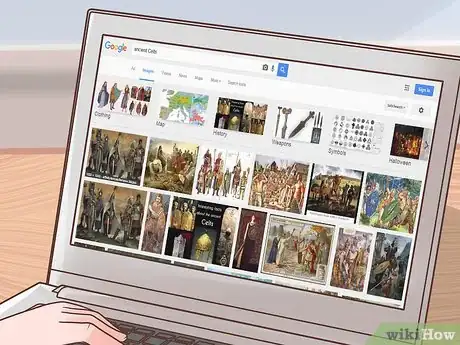
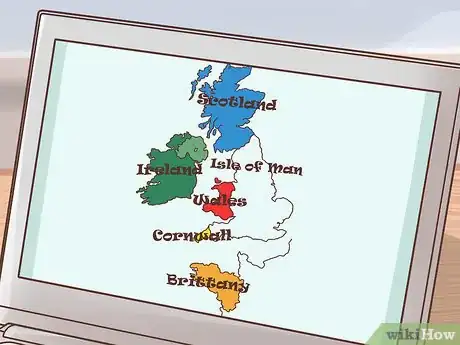
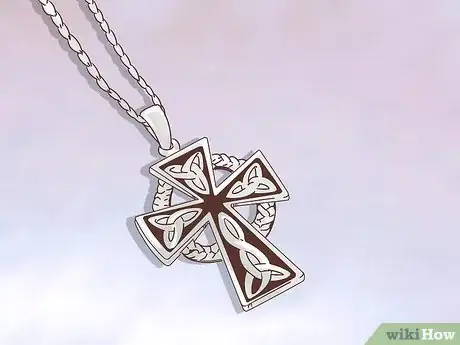
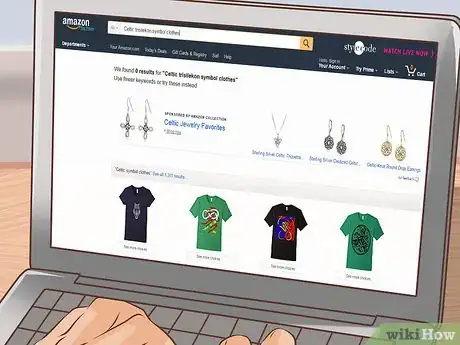
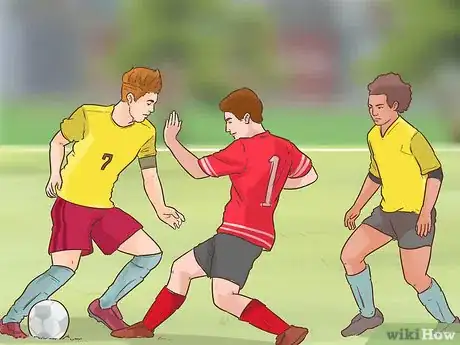


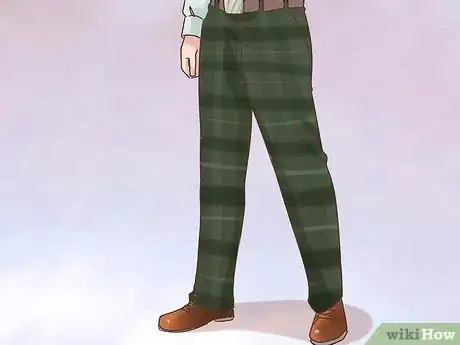
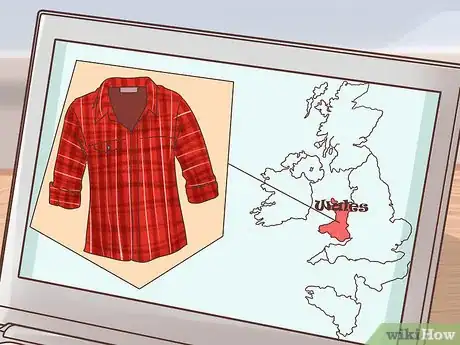
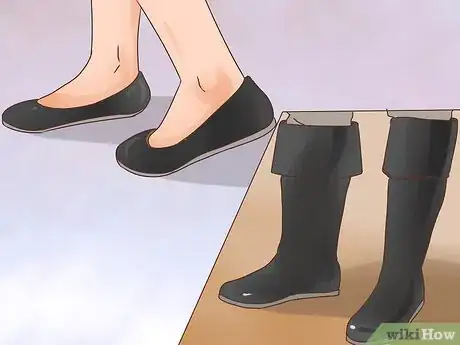
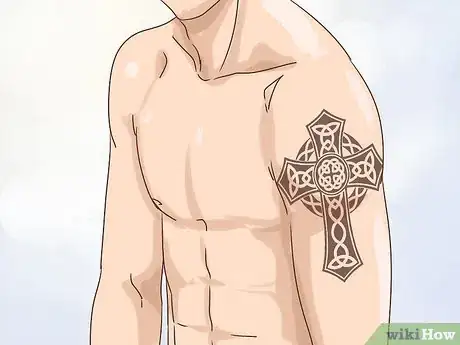
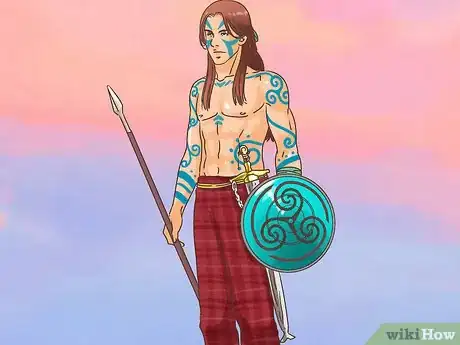
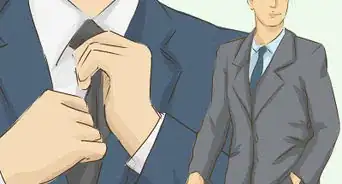
-Step-14.webp)
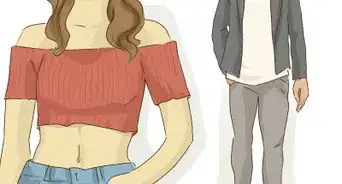
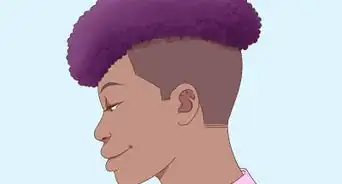
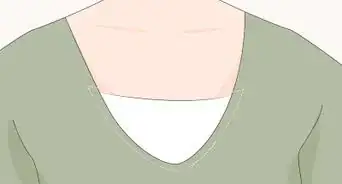
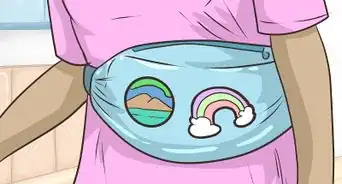

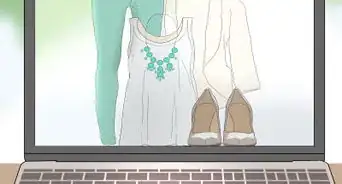
-Step-26-Version-2.webp)

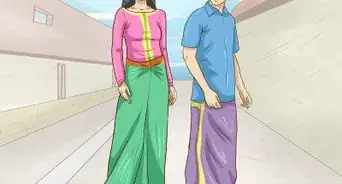


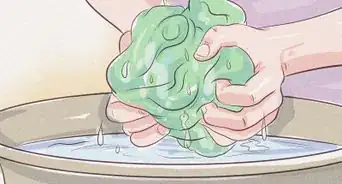







-Step-14.webp)

